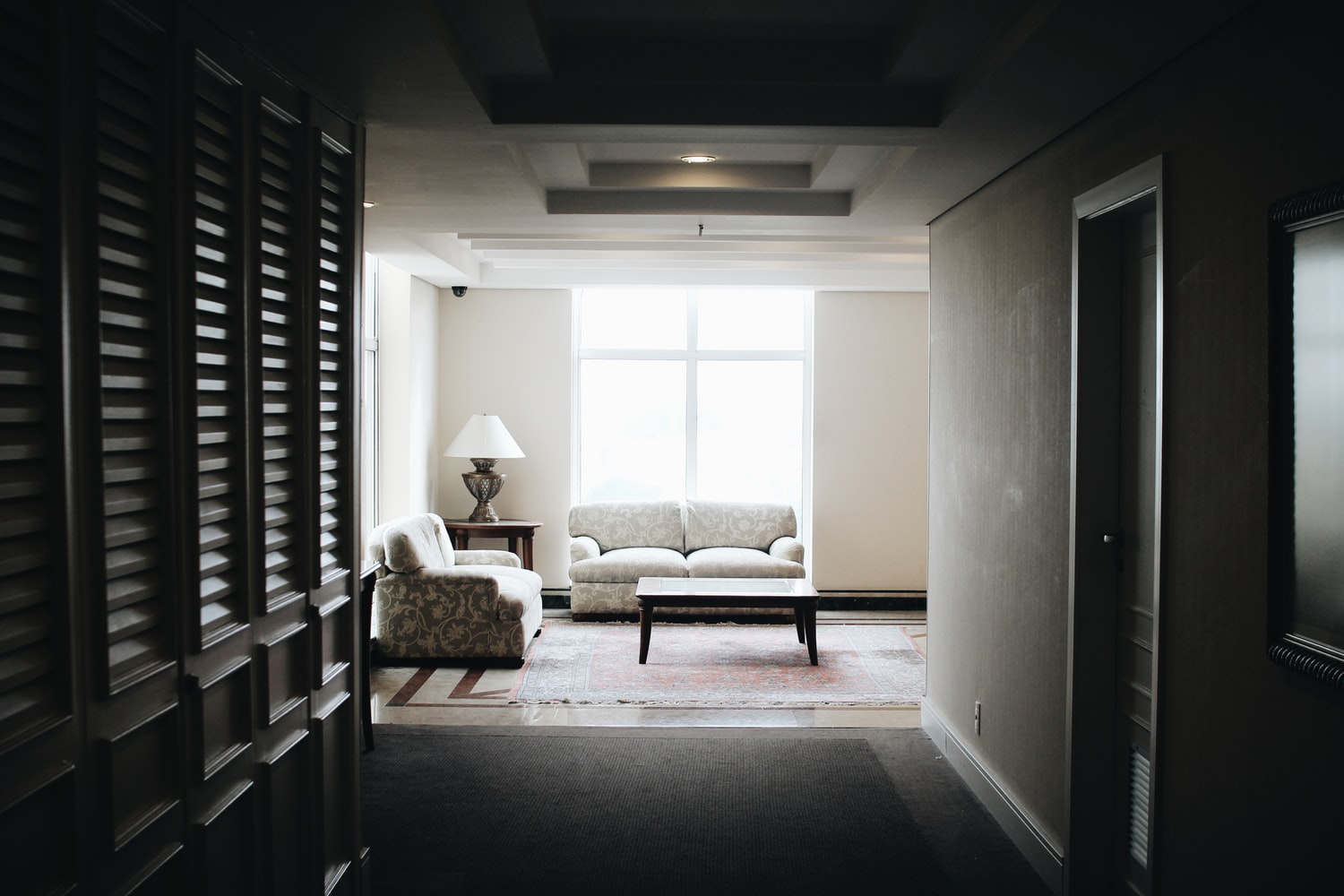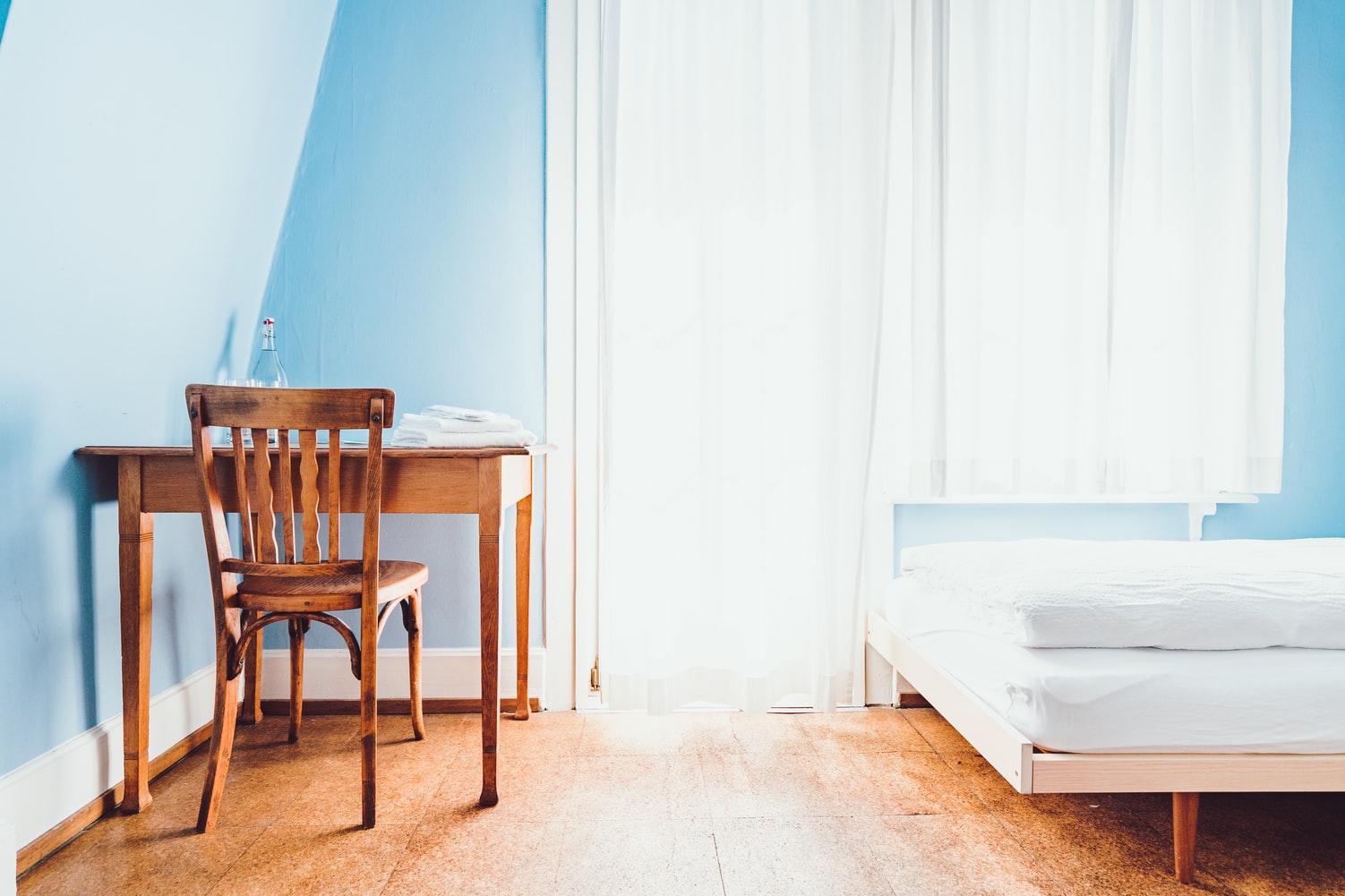Mold is unsightly, not to mention, unhealthy. These are two things that no one wants in a hotel room. It is bad for business and it is downright ugly. If you own a hospitality business like a hotel, a bed and breakfast, or intend to have your place listed at Airbnb, knowing how to prevent mold on drywall can either make or break your business.

How to Prevent Drywall Mold From Accumulating
If you have experienced staying in a hotel that smells funny or is extremely humid and damp, then it is more than possible that the hotel has a problem with mold. Mold problems exist even in the most luxurious hotels because of changes in the climate, wallpaper, water mains, and water damage. So, now that you know what causes mold, the next thing to know is how to prevent its spread.
The first thing to do is to do an audit of your business premises so you can identify the problem areas. Check if the windows are frequently damp or if there are persistent leaks in hallways and ceilings. Since mold grows with moisture, it is important to take care of wet areas immediately. Seepage after a heavy downpour or snow and ice melting, and even carpet spills or minor flooding due to piping problems need to be dried within 24 to 48 hours. If there are pieces of furniture or bedding that have been affected, these, too, have to be removed and dried at once.

Another culprit to mold is poor ventilation. It is important to orient every staff member on good practices in preventing mold. All areas have to be properly ventilated. The housekeeping staff should be trained to look out for leaking AC units and everyone should know what to look for in bathrooms, break areas, and other areas where work is done. Using dehumidifiers can help a lot, especially in humid regions and during wet seasons. Be strict with leaks. Do a regular inspection of exterior doors, windows, and roofing. If there is an improper fit, fix it right away. The smallest leaks can start a mold problem.
When it comes to plants, even if they contribute to the overall look of the interior, be aware that mold accumulates on their leaves and in the pots. So regular care of these live plants should include checking for mold. You may also want to get products that can be added to the water for your plants that keep excess moisture at the minimum which are also environment-friendly. You can purchase these from natural food stores.

More Tips to Mold-Proof Your Hotel Business
As hotel owners, managers, and designers, it is essential to be vigilant and to be proactive when it comes to issues from water and moisture damage. If not, these water issues may lead to an expensive mold problem. Here are more tips to mold-proof your hotel rooms.
For hotel furniture, follow the manufacturer’s care and cleaning instructions. Since these pieces were designed by the company, they know the best way to care for each piece, including how to keep it mold-free. Another tip is to control the temperature. You should avoid the “dew point” or the temperature when air could no longer contain the moisture content in suspension. This causes the release of water drops. If hotel rooms reach dew point, moisture condenses on the walls which are then absorbed by the bedding and furniture.

Dehumidifying your hotel rooms also controls and prevents excess moisture. The HVAC system should be carefully planned and designed to keep humidity levels lower than 70%. This controls mold growth and helps prevent issues with moisture. Besides, it is essential to control the external airflow. To be specific, you would need to limit the external airflow. External airflow leads to the contamination of adjacent rooms as well as corridors.
When storing furniture, be sure to avoid high humidity areas. This makes the furniture smell musty and can cause mold growth. Sometimes to prevent the spread of mold, you may need to rip up a carpet or use mold-resistant cleaning and renovation products. Paints today include mold-inhibitors, or you can simply clean out rain gutters. In other words, details matter a lot when it comes to mold-proofing.

